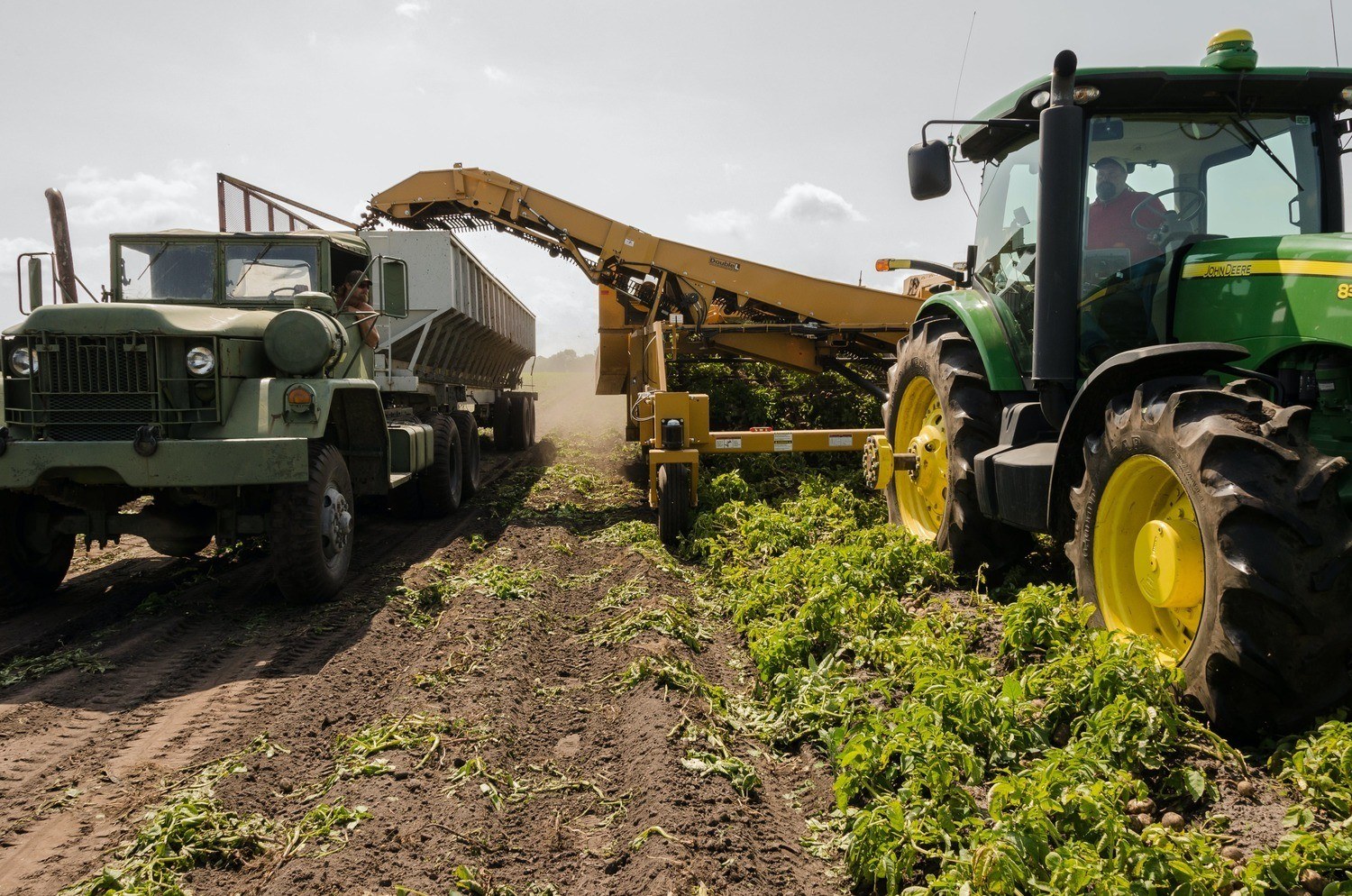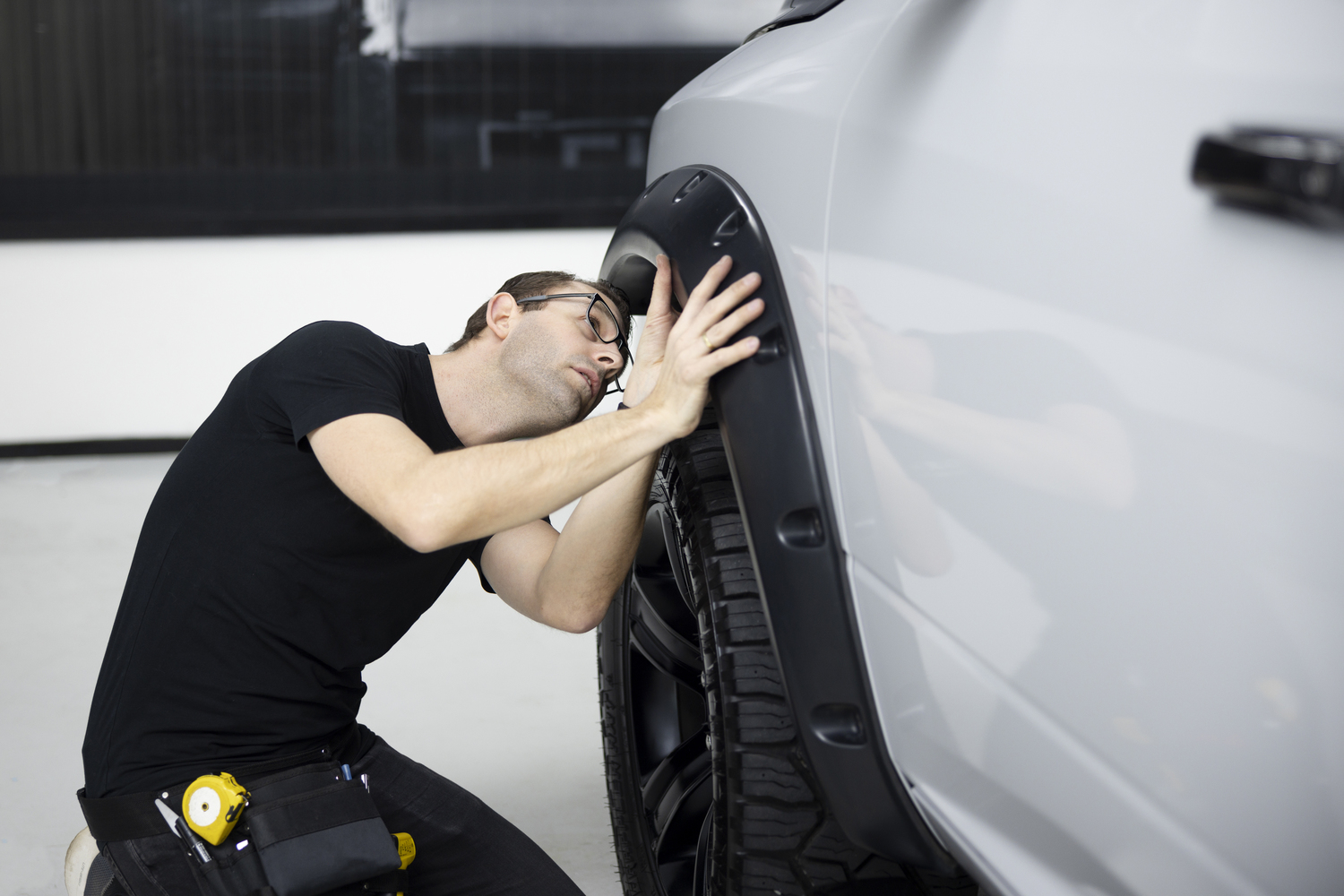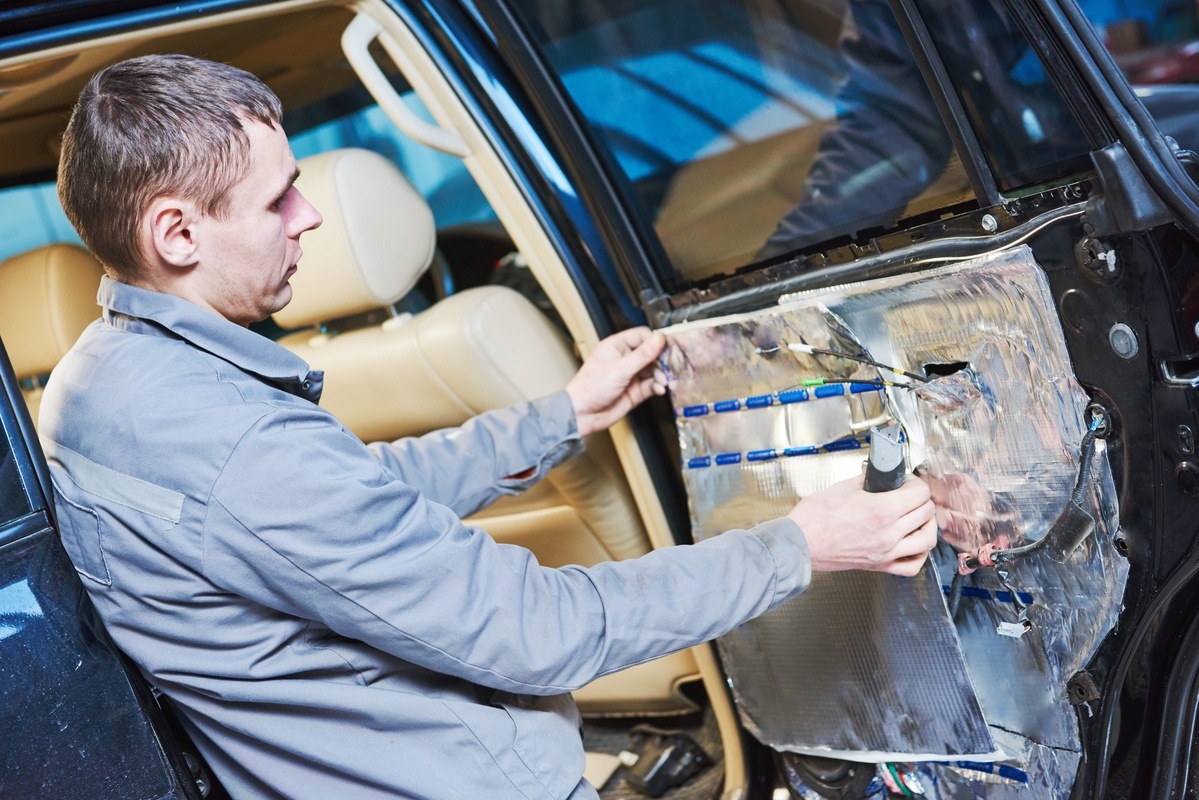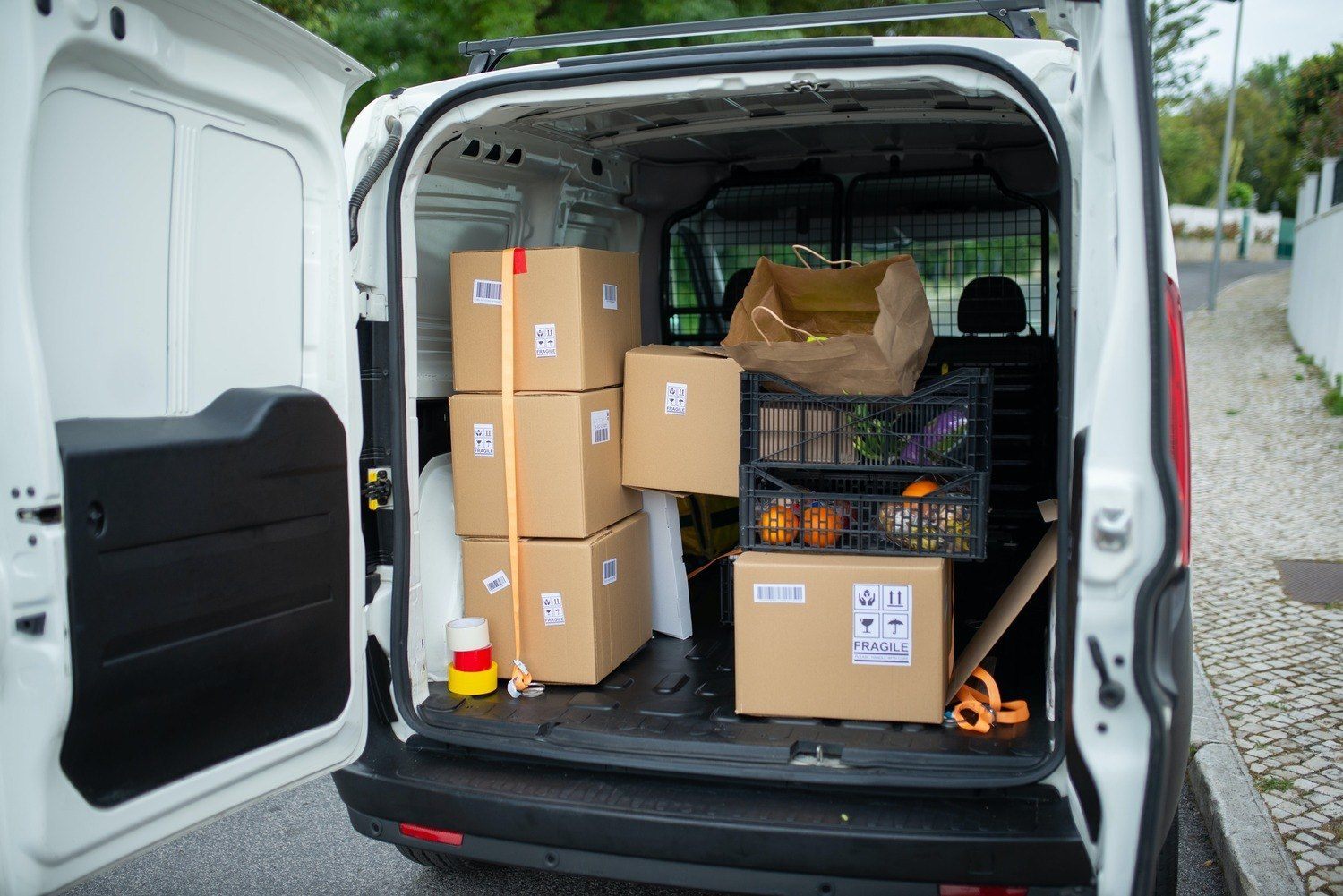Soundproofing a tractor – an investment in working comfort and health
Soundproofing a tractor is an important measure for creating a more comfortable and safe working environment for the driver. Tractors and other heavy vehicles generate high noise levels from the engine, transmission, and surroundings, which can lead to both short-term and long-term hearing damage as well as reduced working comfort. By using the right soundproofing materials and techniques, noise levels can be significantly reduced, creating a quieter and more ergonomic working environment.
Why is sound insulation important for tractors?
Prolonged exposure to high noise levels in a tractor cab can cause hearing problems, increased fatigue, and reduced concentration. A noisy working environment also affects the driver's ability to perceive important sound signals from the surrounding environment, such as warning sounds or communication from other machines. Effective soundproofing of the tractor reduces these risks and gives the driver a better working experience with less stress and greater focus on the job.
Effective methods for soundproofing a tractor
Soundproofing the engine compartment One of the biggest noise problems in tractors is engine noise, which can penetrate the cab through both the hood and the chassis. Applying sound-absorbing and sound-insulating materials to the inside of the engine hood and in the engine compartment can significantly reduce the noise level. Popular solutions include heat-resistant insulation mats, high-density foam rubber, and sound-absorbing blankets that reduce both engine noise and vibrations.
Improved sound insulation in the cab
To create a quieter working environment, it is important to prevent sound from penetrating through the walls, floor, and doors of the cab. Installing sound-absorbing panels on the inside of the cab reduces sound reflections and creates a quieter workplace. Using sealing strips around doors and windows prevents sound from seeping in through small gaps. Another effective way to reduce noise is to replace older windows with double-glazed alternatives, which improve both sound insulation and thermal insulation.
Damping floor vibrations and transmission noise
The floor of the tractor is a major source of noise, as vibrations from the engine and transmission are often transmitted through the chassis. By laying sound-absorbing mats or vibration-insulating materials under the floor covering, the noise level can be significantly reduced. It is also important to choose a material that is durable and easy to clean, especially in agricultural environments where dust and dirt can be a problem.
The benefits of a quieter tractor
Soundproofing a tractor not only increases driver comfort, but also offers several practical and environmental benefits. A quieter working environment reduces stress and fatigue, leading to better concentration and higher productivity. Reduced noise exposure can also lower the risk of hearing damage and contribute to a more ergonomic workday. In addition to improving driver comfort, soundproofing a tractor also has environmental benefits. By reducing noise emissions, it contributes to a more sustainable working environment and reduces disturbance to people and animals in the surrounding area. This is particularly important when working near residential areas or in sensitive ecosystems where high noise levels can be disruptive.
Summary – a smart investment in the working environment and health
Soundproofing a tractor improves both the working environment and the surrounding soundscape. By using effective soundproofing materials and methods, a quieter, more comfortable, and productive workplace can be created. Reduced noise exposure contributes to increased safety, better concentration, and a more sustainable working environment. By choosing the right sound-absorbing solutions, such as soundproofing mats for the engine compartment, sealing strips for doors and windows, and vibration-damping floor materials, the noise level of the tractor can be significantly reduced. This makes the working day more pleasant and at the same time contributes to a more sustainable and responsible use of heavy machinery. Investing in sound insulation is therefore an important step for both driver comfort and the long-term performance of the machine.












